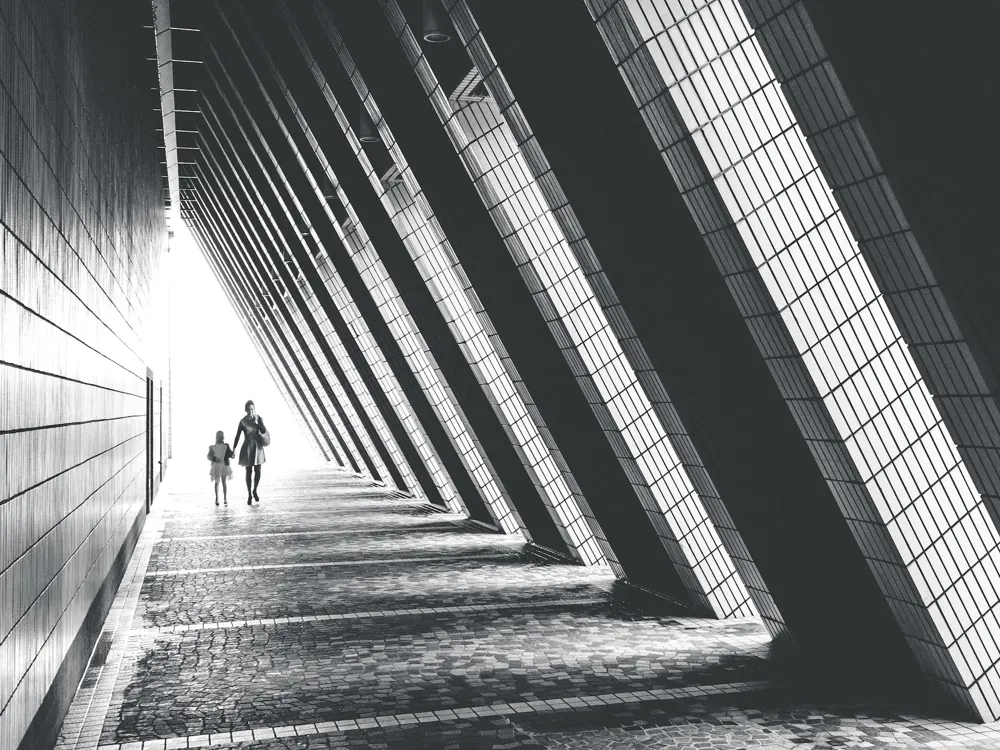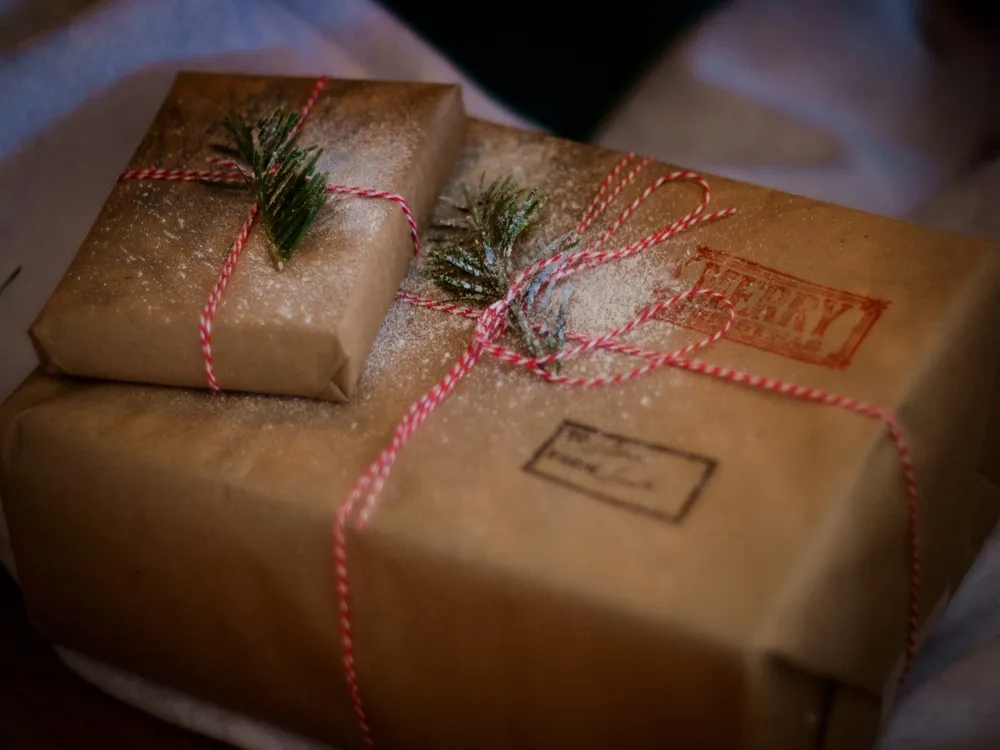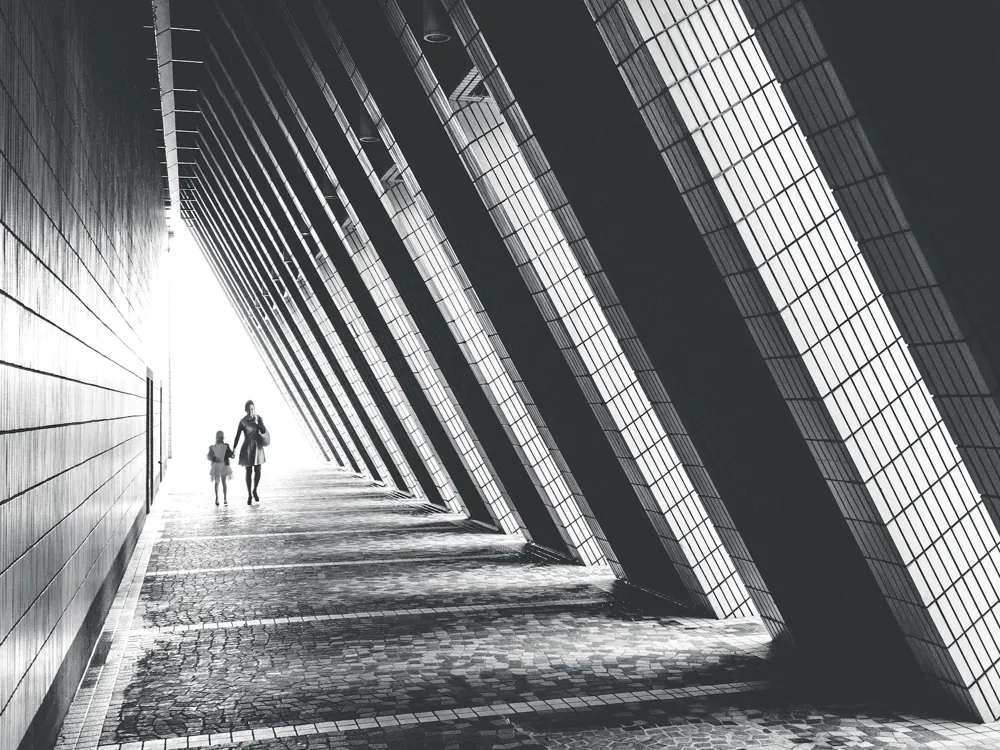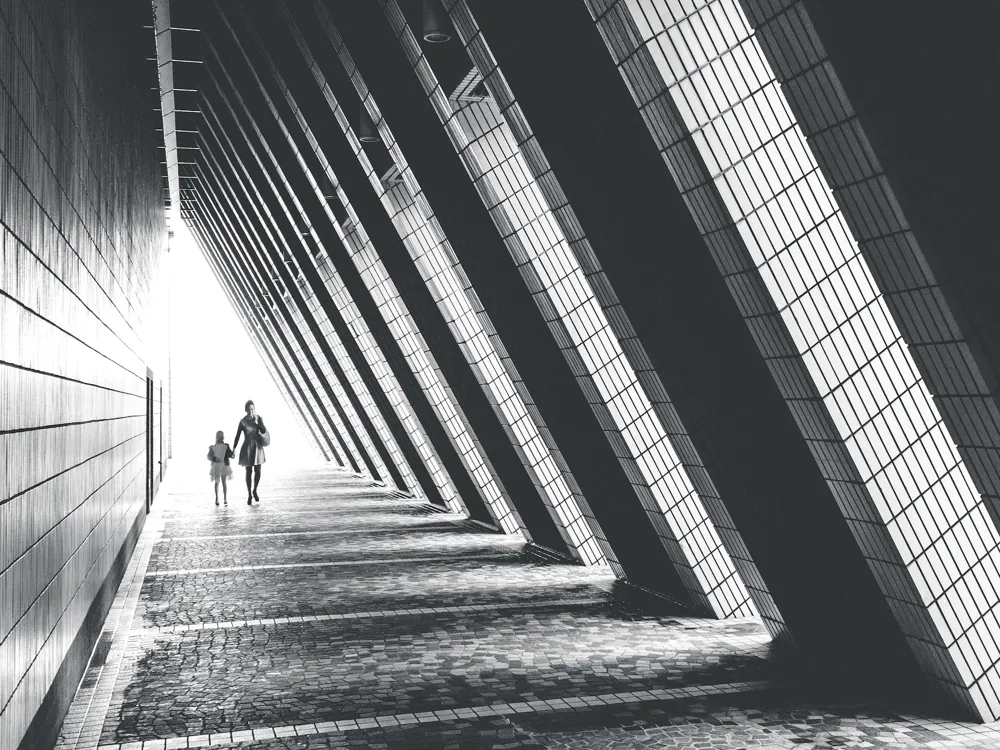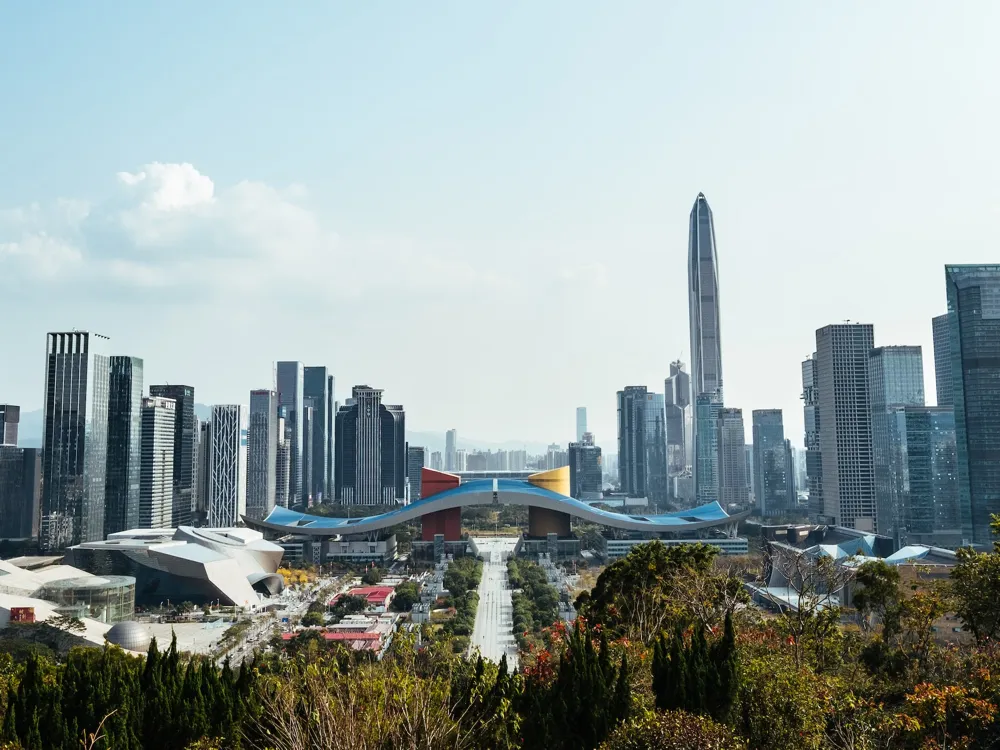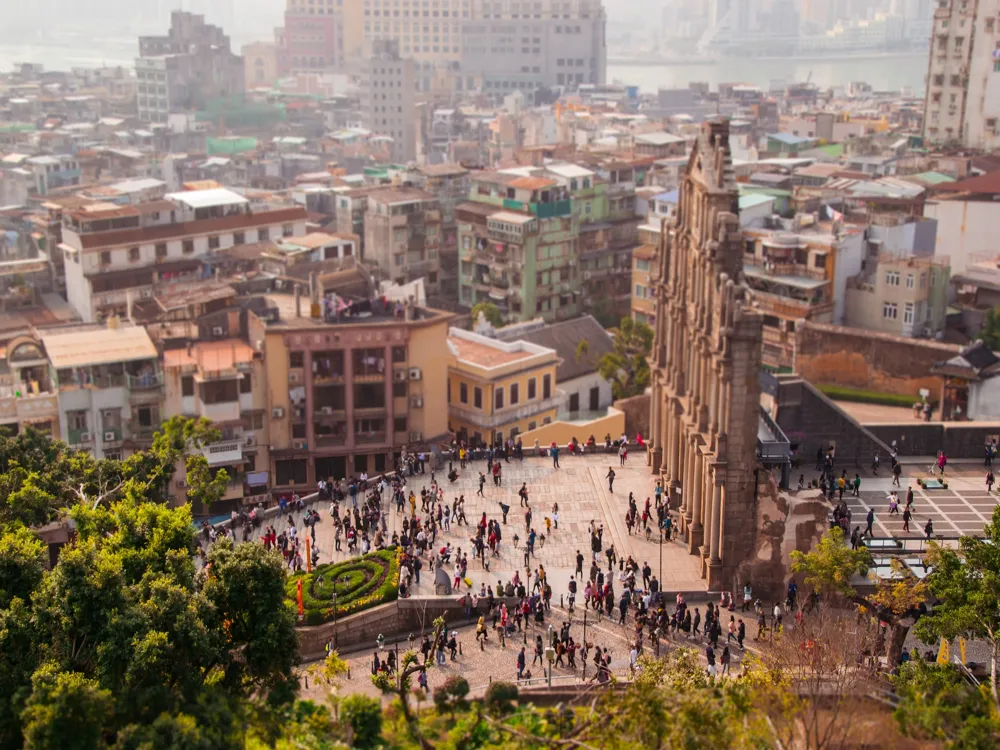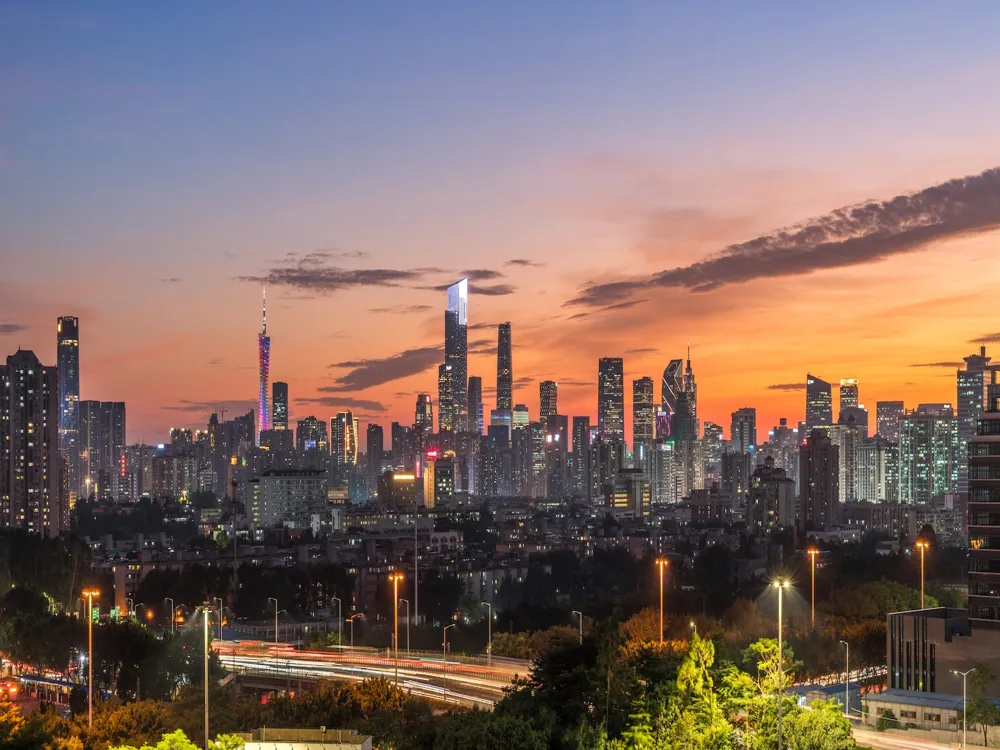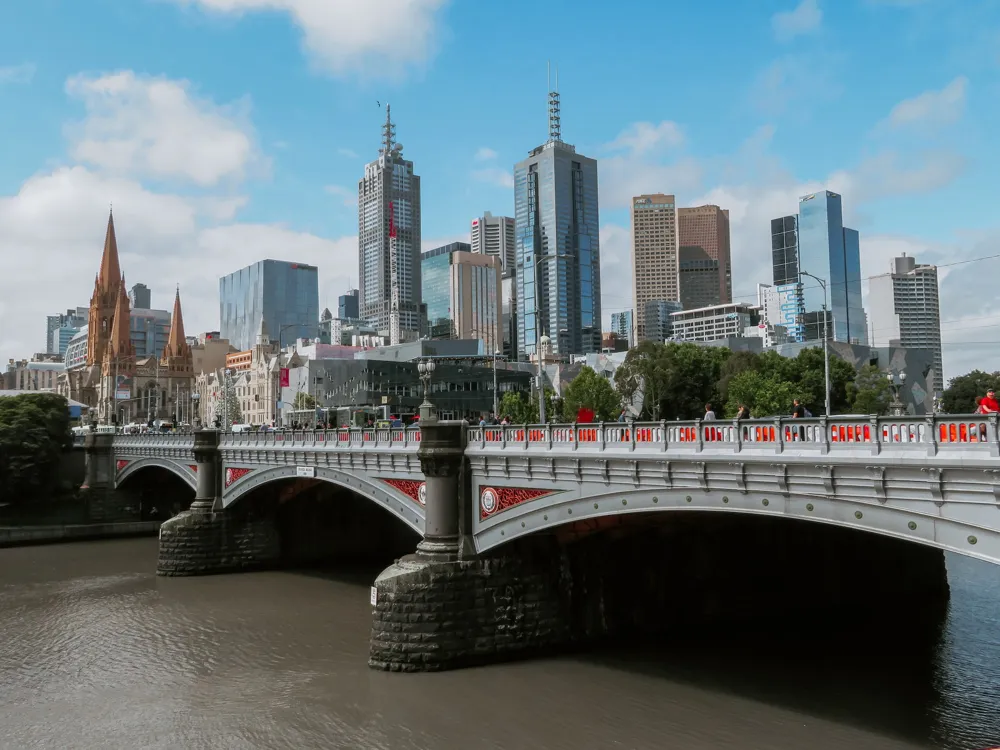The Buddha Bathing Festival, also known as the 'Bathing the Buddha Festival', is a significant event in Hong Kong, celebrated with great reverence and joy. This festival marks the birth of Buddha and is a time for reflection, purification, and celebration. It falls on the eighth day of the fourth month in the Chinese lunar calendar, usually in May. The festival is not only a religious observance but also a cultural spectacle, attracting thousands of locals and tourists alike. The origins of the Buddha Bathing Festival can be traced back to ancient Buddhist traditions. According to legend, when Buddha was born, nine dragons sprayed water to bathe him, symbolizing purification and auspiciousness. This ritual of bathing the Buddha has since been adopted as a central practice of the festival. Devotees gather around altars in temples and public spaces, gently pouring scented water over small Buddha statues, signifying the cleansing of one’s mind and soul from greed, anger, and ignorance. The festival is a blend of solemn religious rites and vibrant cultural expressions. Monks and nuns in resplendent robes chant sutras and perform rituals, while the air is filled with the scent of incense and the sound of traditional music. One of the highlights is the colorful procession featuring lion dances, drum performances, and floats depicting various Buddhist themes. The festival is not just a spiritual journey but also a sensory experience, with a variety of vegetarian food stalls and cultural exhibits that add to the festive atmosphere. Engaging in the Buddha Bathing Festival offers a unique opportunity to experience the rich tapestry of Hong Kong's religious and cultural heritage. The festival is a vivid reminder of the teachings of Buddha and encourages participants to reflect on their lives and strive towards enlightenment and compassion. The Buddha Bathing Festival in Hong Kong is a marvel of cultural architecture, encompassing not just the physical structures but also the intricate arrangement of rituals, ceremonies, and community participation. The architecture of the festival can be observed in three distinct dimensions: the physical, the ceremonial, and the communal. The physical architecture involves the spatial arrangement and decoration of temples and public spaces where the festival is celebrated. Temples are adorned with vibrant banners, intricate lanterns, and floral arrangements, creating a visually stunning and spiritually uplifting atmosphere. The altars where the Buddha bathing ritual takes place are particularly noteworthy. These are often decorated with flowers, fruits, incense, and candles, creating a serene and sacred space for devotees to perform the bathing ritual. The ceremonial architecture refers to the structure and sequence of rituals and practices that take place during the festival. This includes the chanting of sutras, the ritualistic bathing of Buddha statues, and various other religious ceremonies. These rituals are steeped in symbolism and are performed with great precision and devotion, reflecting the deep spiritual significance of the festival. The communal architecture of the festival lies in its ability to bring together people from various walks of life. The festival is a communal affair, with monks, nuns, laypeople, and tourists participating in the festivities. This sense of community is further enhanced by the sharing of vegetarian meals, cultural performances, and other communal activities. The festival thus becomes a living architecture of community bonding and cultural exchange, reflecting the inclusive and compassionate philosophy of Buddhism. The architectural essence of the Buddha Bathing Festival is thus a complex tapestry of physical beauty, ceremonial depth, and communal harmony. It offers a glimpse into the rich cultural and spiritual heritage of Hong Kong, making it an unforgettable experience for all who partake in its celebrations. When visiting the Buddha Bathing Festival, it's important to show respect for the cultural and religious practices. Dress modestly, remove shoes when entering temples, and follow the guidelines for rituals such as the Buddha bathing ceremony. Due to the popularity of the festival, it's advisable to plan your visit. Check the dates, find out about the main events, and consider booking accommodations early to ensure a smooth experience. Engaging in the rituals, such as the Buddha bathing, can be a deeply enriching experience. Participate with an open mind and heart to fully embrace the spiritual essence of the festival. The festival offers a plethora of vegetarian delicacies. This is a great opportunity to explore the diverse vegetarian cuisine, which is not only delicious but also a reflection of the Buddhist practice of non-violence. The festival is an excellent opportunity to learn more about Buddhism. Attend the talks, interact with monks and nuns, and take the time to understand the teachings and philosophies of Buddhism. Reaching the Buddha Bathing Festival in Hong Kong is relatively easy, given the city's efficient transport system. The festival is held in various locations, including major temples and public parks. The most common modes of transportation are the MTR (Mass Transit Railway), buses, and taxis. For international visitors, flying into Hong Kong International Airport is the first step. From there, one can use the Airport Express train or taxis to reach the city center. Public transport in Hong Kong is known for its reliability and convenience, making it easy to navigate to the festival venues. Additionally, many hotels offer shuttle services to major events like the Buddha Bathing Festival, adding to the convenience for tourists. Read More:Overview of the Buddha Bathing Festival in Hong Kong
Architecture of the Buddha Bathing Festival
Tips When Visiting the Buddha Bathing Festival
Respect the Cultural and Religious Practices
Plan Your Visit in Advance
Participate in the Rituals
Explore the Vegetarian Cuisine
Learn About Buddhism
How To Reach the Buddha Bathing Festival
Buddha Bathing Festival
Hong Kong
NaN onwards
View hong-kong Packages
Hong-kong Travel Packages
View All Packages For Hong-kong
Top Hotel Collections for Hong-kong

Private Pool

Luxury Hotels

5-Star Hotels

Pet Friendly
Top Hotels Near Hong-kong
Other Top Ranking Places In Hong-kong
View All Places To Visit In hong-kong
View hong-kong Packages
Hong-kong Travel Packages
View All Packages For Hong-kong
Top Hotel Collections for Hong-kong

Private Pool

Luxury Hotels

5-Star Hotels

Pet Friendly







